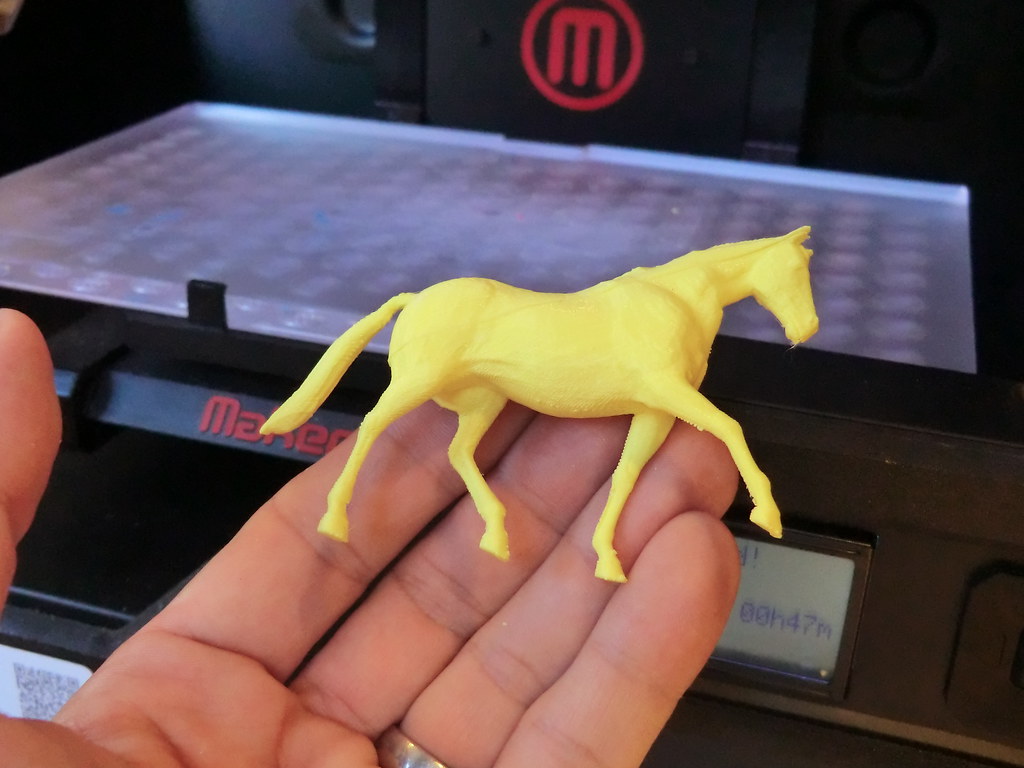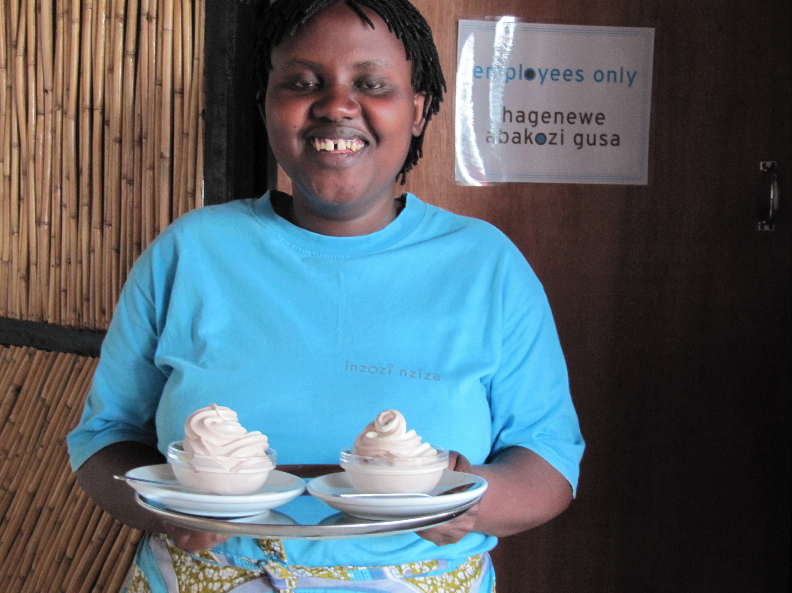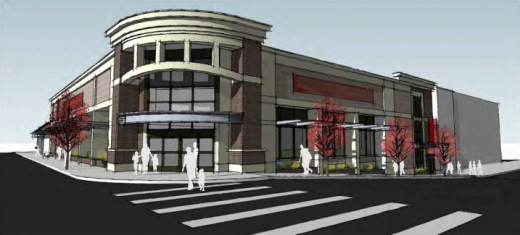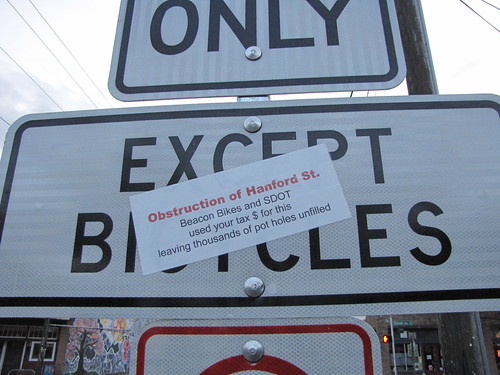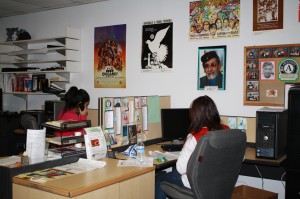View 14th Ave. S. dangers in a larger map. This unsafe stretch of 14th Ave. S. should be improved, says Mark Holland.
by Mark Holland
The intersections at 14th Avenue South and College and Walker need crosswalks.
I live on the corner of 14th Avenue South and College. On August 6, the night of the rollover accident, I was on the street within 10 seconds of the impact which was deafening. I had to pull my car away from the wreck as it burst into flames, after stopping the passenger from fleeing as the driver ran down College toward the greenbelt.
In the last wreck at this corner, five teenagers in a stolen Honda roared up College eastbound toward 14th, crashing into the curb, taking out two trees, up onto the sidewalk where they nearly hit a group of kids on the corner. The suspension was damaged and they all jumped out of the moving vehicle which rolled up onto the sidewalk across 14th and landed against a retaining wall. The motor was still running and I saw there were no keys. I had to pop the hood and pull the plug wires to stop the engine. Every six months or so my neighbors and I have to deal with carnage on this corner. Luckily we have great neighbors around here. Any time something happens everyone is out on the street within seconds. Police and Fire respond within minutes. It’s a great place to have a disaster. Everyone does their part. I wish I could say the same for SDOT.
The bicycle lane on 14th gets painted every three months, but the center yellow line does not. SDOT just painted the center line after the accident, but before it was barely visible.
Cars speed on this section of 14th because it is engineered to be a speedway. Northbound Beacon traffic hits the “slip lane” (SDOT’s term) at 14th and takes the turn at full speed, bypassing the four way stop intersection, just as the traffic engineers designed it to. At the end of the “slip” lane the driver looks north on 14th and sees a green light three blocks down at Hill, and nothing in between. There is no cross walk, curb bulbs, signage or anything on 14th to tell drivers there is a lot of activity at College, or at Walker.
I just had an application for a crosswalk at 14th and College turned down by SDOT. It costs $15,000 to install a crosswalk. More if you want curb bulbs. For $30,000 we could install crosswalks at College and at Walker in front of the store.
SDOT said they did not see 20 people per hour cross at College, and the intersection is under bus trolley power lines, which is apparently a problem. Those are their reasons for doing nothing.
For comparison our lovely “Greenway” just cost $420,000 for a little over two miles and there were no accidents recorded at any of the intersections affected by the Greenway, according to SDOT. Except for the weirdness at Beacon and Hanford, most of the Greenway seems to consist of lots of stop signs in inexplicable locations and bicycle stencils on a quiet neighborhood street. Other than that, 18th is the same as it’s been for the last 100 years: missing sidewalks, curbs, and gutters north of College.
SDOT has the police reports. They know the accident numbers. Why is all the focus on an already safe Greenway, when we have truly dangerous roadways that are due to “bad” driving, but also due to “bad” traffic engineering, or lack of any engineering at all, like at College and Walker?
We need crosswalks, curb bulbs and ramps with “Stop when pedestrians are present” signs at College and at Walker. SDOT is installing crosswalks like this all over the city but there is not one on Beacon Hill. Why not?
The “slip” lane has got to go. It sends cars speeding through the intersection creating conflict with traffic merging onto 14th from the four way stop. Often vehicles “slip” through in a train of several cars. If the first car accelerates, they all do, while tailgating. That is when the honking and screeching of tires happens at College where the northbound vehicles are moving 40+ mph. The vast majority of honking and tire screeching interactions involve a speeding northbound vehicle on 14th and a westbound vehicle on College turning in either direction onto 14th. Most accidents involve a northbound vehicle on 14th.
The light at Hill is always green unless someone presses the button to cross. It simply draws drivers forward. Drivers think they need to make the light before it turns red, but it never changes unless a pedestrian pushes the button. Even the buses speed down this section of 14th. Maybe the light at Hill should be replaced with a yellow yield or crosswalk light with curb bulbs and a more visible crosswalk. What is the point of a 24/7 green light?
Beacon Hill should be paying more attention to what SDOT is doing or not doing in our neighborhood. The thing to remember about SDOT is the Mayor pretty much has all the control. There is little the City Council can do except approve or disapprove the Mayor’s plans. Just like the rest of us.
Mark Holland is a long time Beacon Hill resident, a founding member of the Jefferson Park Alliance (JPA), and served on the Jefferson Park Planning Committee (JPPC) during the North Beacon Hill Neighborhood planning process from 1998-2000.
Do you have something to say? Send us your own opinion pieces on this or other Beacon Hill-related topics.
View Larger Map. The “slip lane” shown on the right in this satellite image is hazardous, says Mark Holland.
